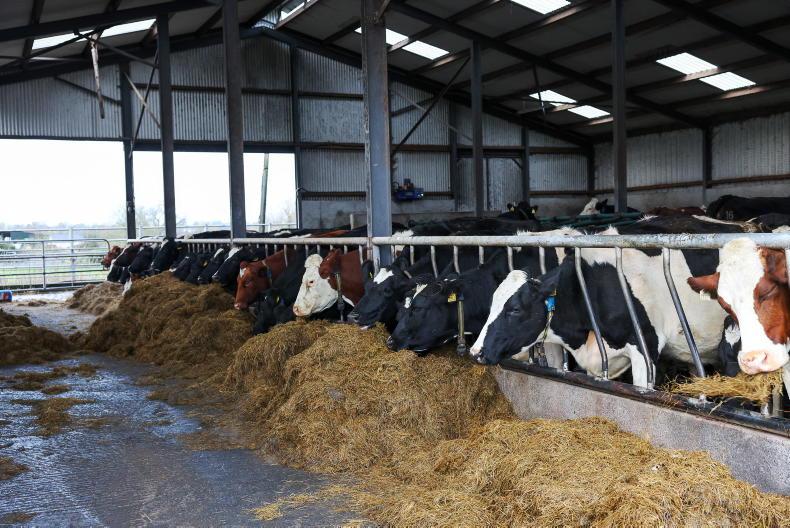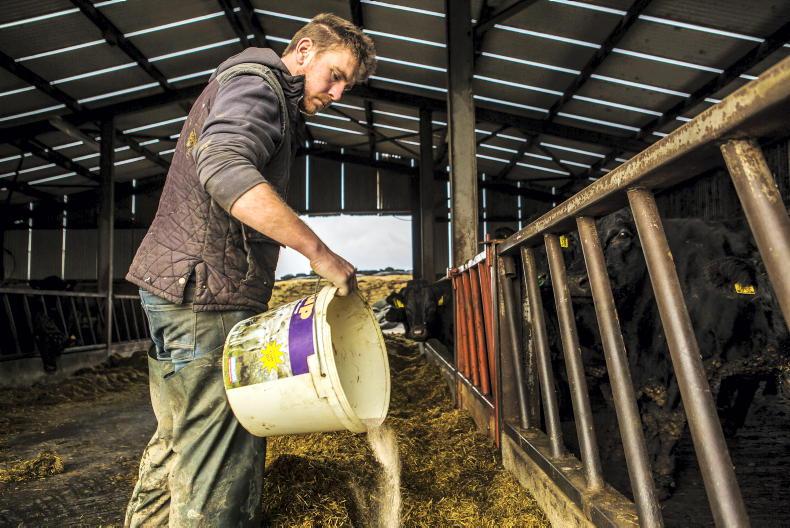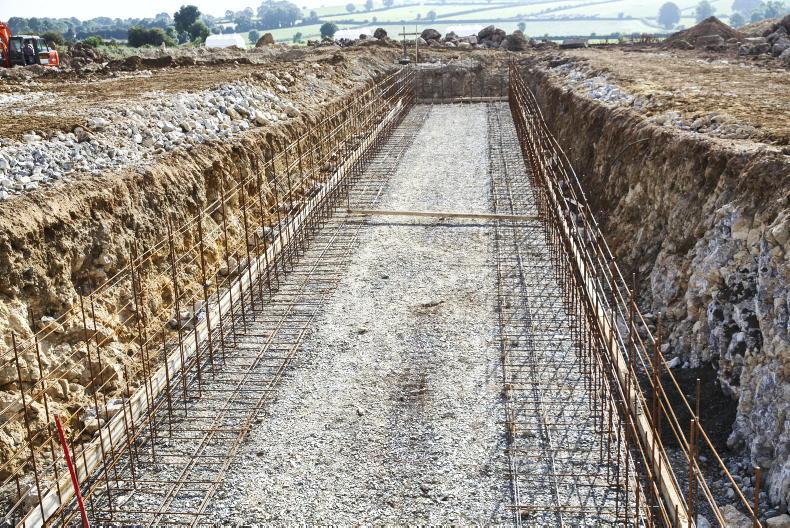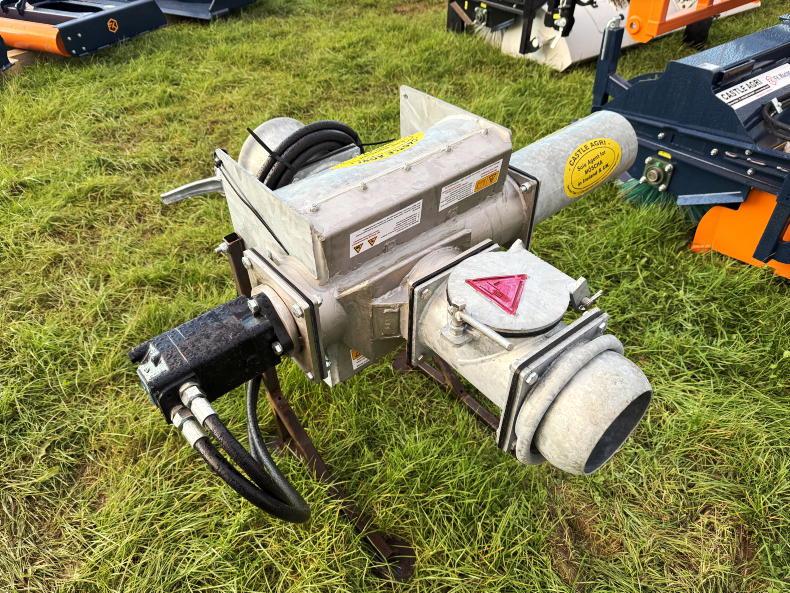Preparing for calving
It’s a case of the calm before the storm on most farms across the country these weeks. Farmers rely on people, animals and weather to get through the spring, none of which are particularly reliable.
Imagine it’s 1 May 2024 and you’re looking back on the spring, how would you measure success?
For many farmers it’ll be about getting through it without getting personally burned out or straining relationships, having healthy cows and calves and getting as much grass into cows as possible.
These are three big, but important areas to work on. I often think that one of the biggest costs incurred on dairy farms in spring is a lack of sleep. The cost is the poor decisions that are made as a result.
There’s no bravado in staying up all night watching cows, particularly when around 98% of cows calve without difficulty anyway.
Farmers that can sleep all night have good facilities where 10% to 15% of the herd closest to calving can be kept on a straw bed and they leave the rest to nature.
On other farms, night calvers are shared between a few farmers in an area.
Do as much as is possible now to prepare for calving and reduce the workload in February. Make sure vaccines are up to date, particularly for IBR, lepto and Rotavirus scour.
Make sure water, lights, gates, penning, pumps, heaters and fridges are all in working order. Check roofs for signs of leakage.
This is best done on a wet day. A small hole the size of a nail in a roof sheet can dampen a large area in a calf pen, and this may not be noticed when the calves are in there.
Finally, have a plan in place to eat and sleep well this spring.
Slurry
Slurry is permitted to be spread in all the counties in Zone A from this Saturday, 13 January, and all the counties in Zone B from Tuesday, 16 January.
Farmers in Zone C and in Northern Ireland have to wait until the end of January to spread slurry. Cold and dry weather is forecast to continue well into next week.
Ground conditions are improving by the day. While slurry is a valuable source of nitrogen, the key thing to remember is that most of its value is in P and K, and not nitrogen.
Therefore, target slurry to the fields that are low in P and K, which are typically the silage fields.
All farms stocked above 130kg N/ha or organic nitrogen need to spread slurry with low emissions equipment from now on. Ideally, slurry wouldn’t be applied on fields with grass covers greater than 700kg/ha to 800kg/ha, even with low emissions equipment.
Fertiliser
Chemical nitrogen and phosphorus cannot be applied until later this month (27 January for farmers in Zone A, 30 January for farmers in Zone B, 1 February for farmers in Northern Ireland and 15 February for farmers in Zone C).
There appears to be very little movement in fertiliser just yet, but prices seem fairly stable, or at least they have been for the last few months.
It would be no harm to have nitrogen on hand for spreading when the closed period ends and when conditions allow. Remember, in order to buy fertiliser, farmers must be registered on the fertiliser database.










SHARING OPTIONS